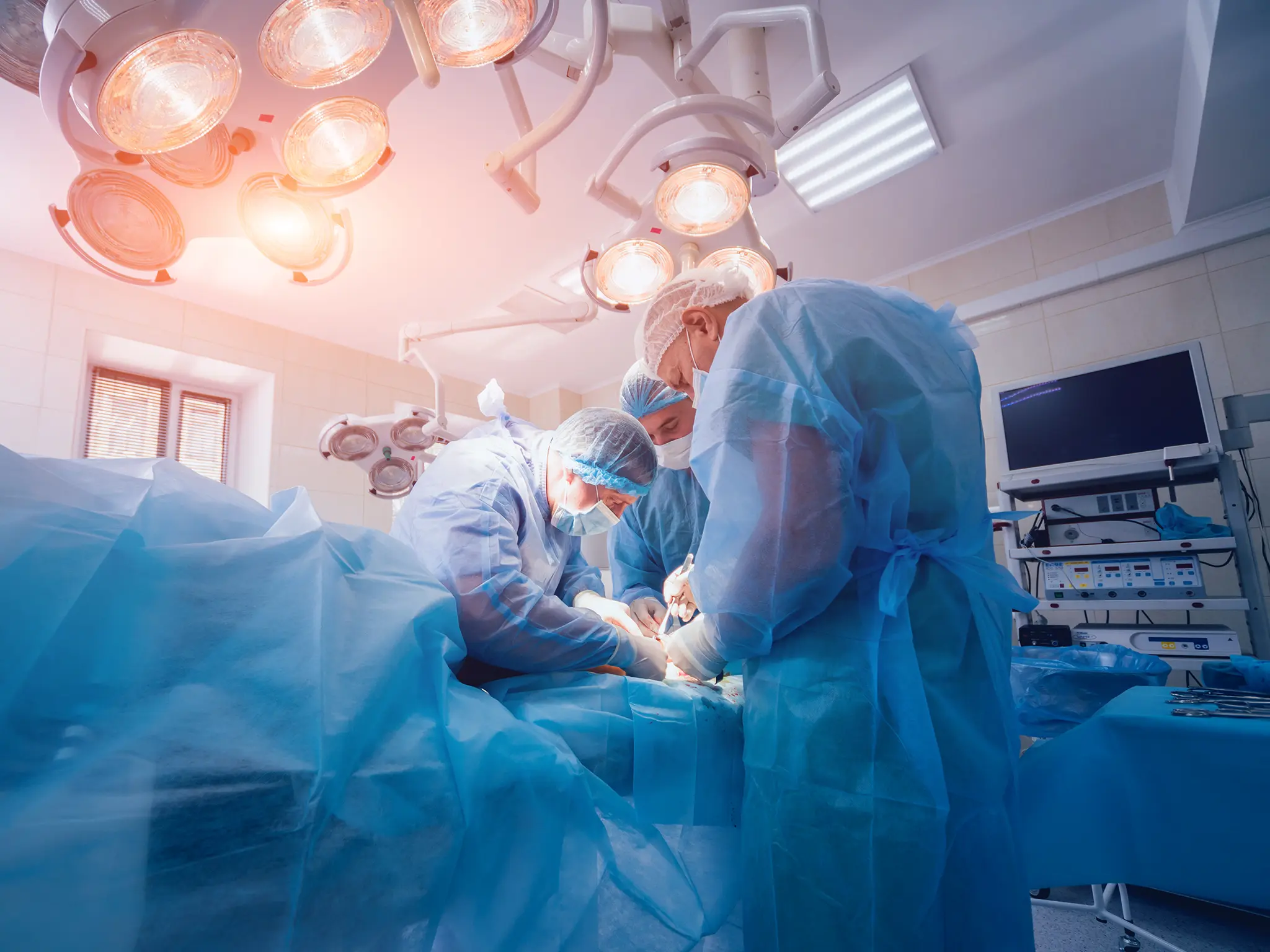Stroke Treatment in Lucknow
A stroke is a medical condition that occurs when there is a sudden interruption or reduction of blood supply to the brain, also known as a cerebrovascular accident (CVA). This interruption can be caused by a blockage of blood vessels (ischemic stroke) or the rupture of blood vessels (hemorrhagic stroke).The lack of blood flow to the brain can lead to damage of brain cells, resulting in various neurological deficits.
A stroke can vary but often include sudden numbness or weakness in the face, arm, or leg (especially on one side of the body) confusion, trouble speaking or understanding speech, difficulty walking, dizziness, and severe headache.
Early intervention can significantly improve the chances of recovery and reduce the long-term impact of the condition. Stroke treatment at RamJanki Neuro Care one of the best brain and spine clinic in lucknow, led by Dr. Shri Ram Gupta,involves comprehensive care for individuals who have experienced a stroke. Dr. Shri Ram Gupta is one of the best neurosurgeon in lucknow and works to provide effective stroke treatments, aiming to improve the patient's condition and prevent future occurrences.
What are the treatment options for stroke?
The treatment for stroke depends on the type of stroke (ischemic or hemorrhagic) and the underlying cause. Here are common treatment options for stroke:
Medications like tissue plasminogen activator (tPA) may be administered intravenously to dissolve blood clots and restore blood flow to the affected area of the brain.
These medications, such as aspirin or warfarin, may be prescribed to prevent the formation of blood clots and reduce the risk of future strokes.
Controlling high blood pressure is crucial for preventing recurrent strokes.
In cases of an intracerebral hemorrhage or subarachnoid hemorrhage, surgery may be necessary to remove the accumulated blood, repair blood vessel abnormalities, or relieve pressure on the brain.
Controlling blood pressure is essential in treating hemorrhagic strokes. Medications may be prescribed to lower blood pressure and prevent further bleeding.
Schedule your initial consultation for stroke treatment at RamJanki Neuro Care
If you or someone you know is exhibiting symptoms of stroke, seeking prompt medical attention is essential for an accurate diagnosis and appropriate treatment plan. Contact us today to schedule a consultation with Dr. Shri Ram Gupta and take the first step towards a healthier, pain-free life. Your well-being is our priority.
